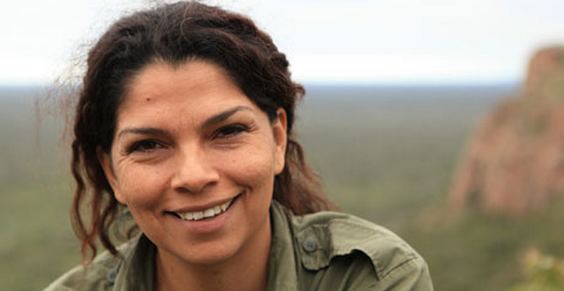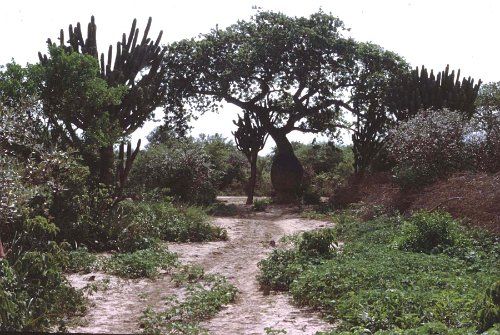The Gran Chaco is in danger. The indigenous South Americans are mobilizing to defend this veritable paradise of biodiversity. The Gran Chaco territory extends between Bolivia, Argentina, Brazil and Paraguay, including the Andean plateau. It is a semi-arid area that still manages to host numerous and extraordinary varieties of plants and animals.
He is about to end up run over, his mother saves him
Il Great Chaco is in danger. The indigenous Bolivians are mobilizing to defend this real paradise of biodiversity. The Gran Chaco territory extends between Bolivia, Argentina, Brazil and Paraguay, including the Andean plateau. It is an area semi-arida which still manages to host numerous and extraordinary varieties of plants and animals.
Its territory is threatened from numerous external factors, starting with aims of the rancher, who intend to purchase large areas of the Gran Chaco in Paraguay and Brazil, to be used for the soybean cultivation. The Bolivian portion of the Gran Chaco is currently considered the best preserved, but unfortunately it is threatened by the presence of a pipeline and military operations against i drug traffickers. Camps have been set up along the 34-square-kilometer area of Kaa-lya del Gran Chaco, Bolivia's largest national park, with an extension greater than that of Belgium.
Erika Cruéllar, a Bolivian biologist who earned his doctorate from Oxford, is working on Inseparare to indigenous peoples how to preserve biodiversity of the Gran Chaco. His intent is to transform young people belonging to the gods tribes Guaranì, the Ayoreo and the Chiquitano in para-biology, that is, in biologists who are not specialized at university level who are in any case able to deal with the defense of nature and biodiversity.
In his opinion, the indigenous people themselves are part of the natural environment and must therefore be personally involved in its defense and conservation of the biodiversity of the Gran Chaco. The natives are among the few who are able to adapt to the extreme temperatures of the area, which reach 45 degrees in summer and freeze in winter. During the dry season, the scarcity of water and insect bites are the biggest threats.

The climatic conditions of the Gran Chaco may not be ideal for humans, but they are ideal for plants and animals. Its territory, although largely arid, hosts in fact beyond 3400 species of plants, 500 species of birds and 150 of mammals, including jaguars and pumas. The natives are the only ones who can really take care of the defense of the territory and they have the right to remain on the soil that has always hosted them, next to the duty to protect it.

Their use in the safeguarding biodiversity it would lead to a real turning point both for the defense of the natural environment and in their lifestyle. Numerous natives were indeed forced to leave the Gran Chaco to work in sugar cane plantations. They earn about $ 1 for every ton of reeds cut and cleaned.
The indigenous communities of the Gran Chaco selected the participants in a 400-hour biology course. Students will obtain a certificate and learn to use GPS, to collect data to process results and to design research projects. The biologist is convinced that such a project could be exported beyond Bolivia and involve other South American indigenous tribes.
Although his projects and his commitment have been recognized internationally, including through awards, they will not be sufficient to resolve the situation. The main problem, in the opinion of the Bolivian biologist, lies in the policy. Only someone with high political power could take concrete action to protect the Gran Chaco and its biodiversity, if only they really wanted to.
Marta Albè
Photo source: goldenageofgaia.com


























